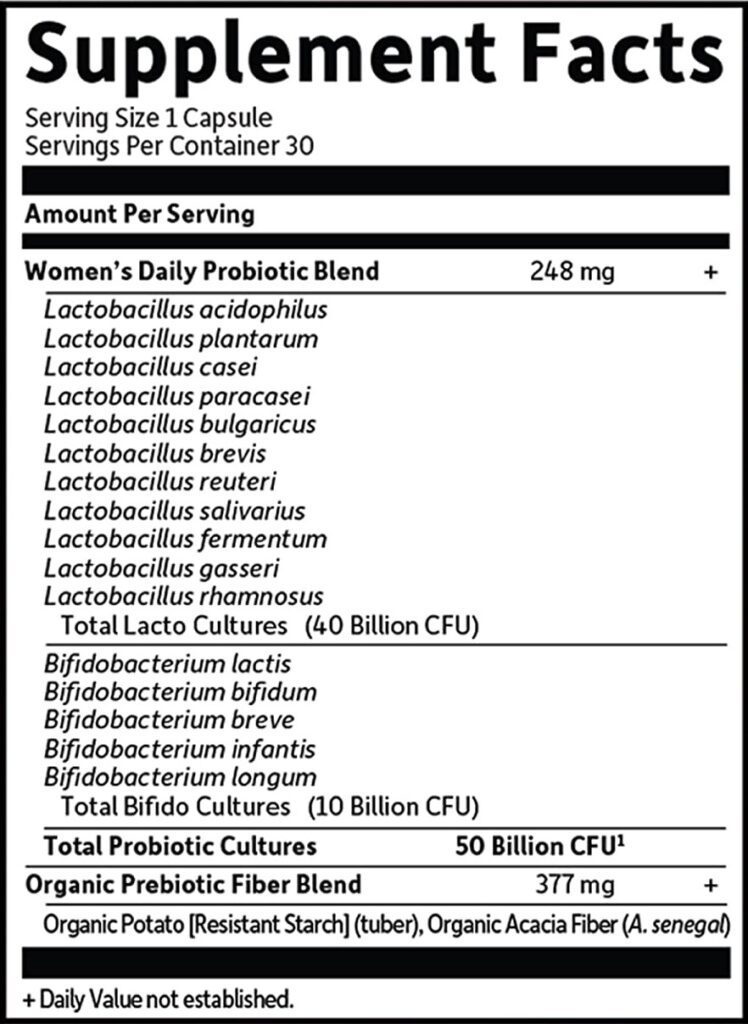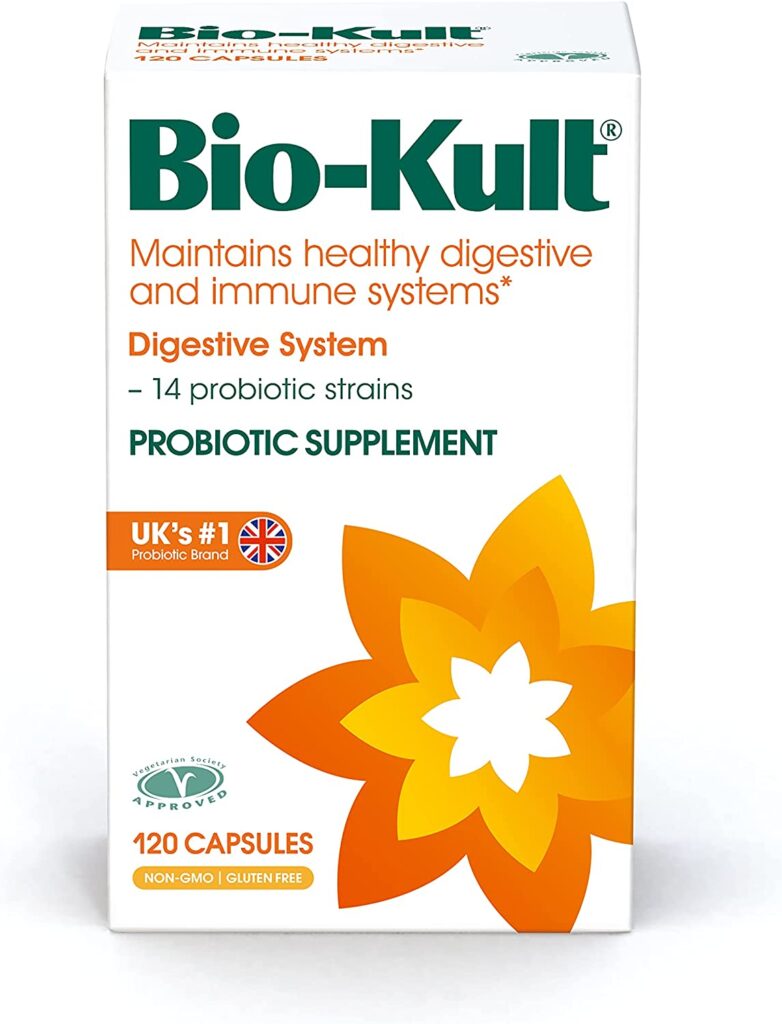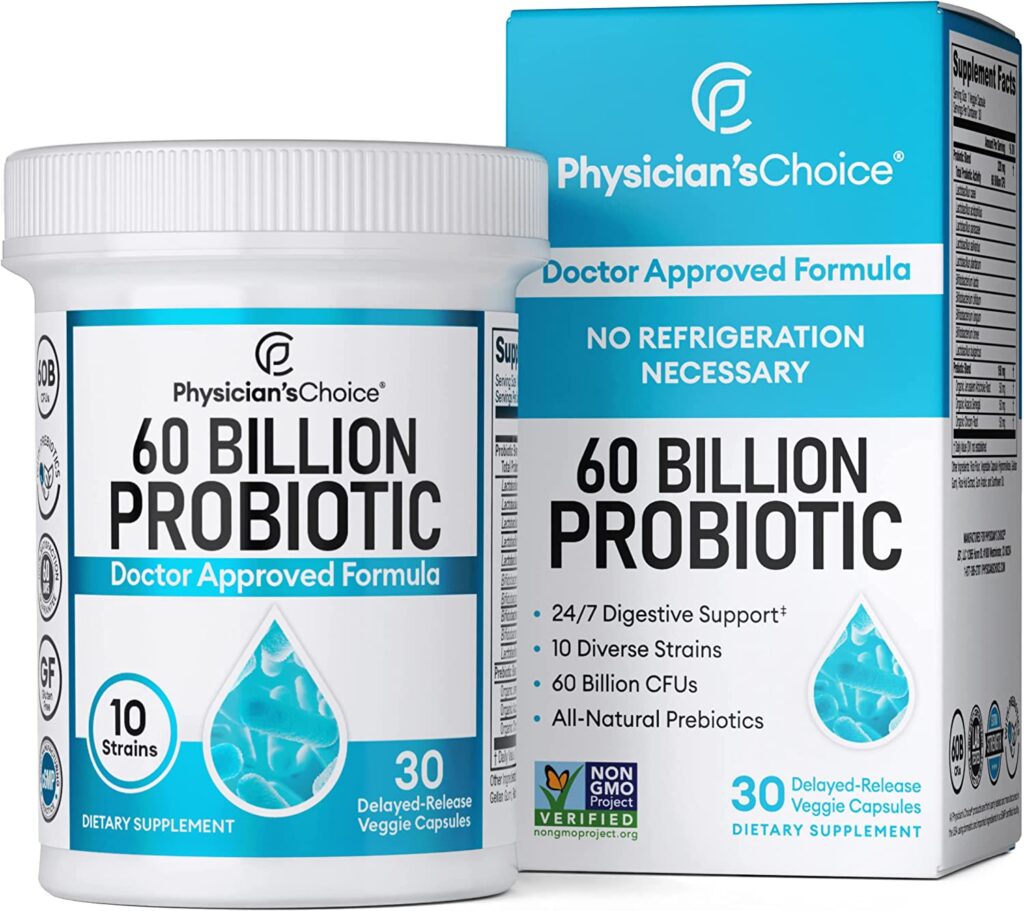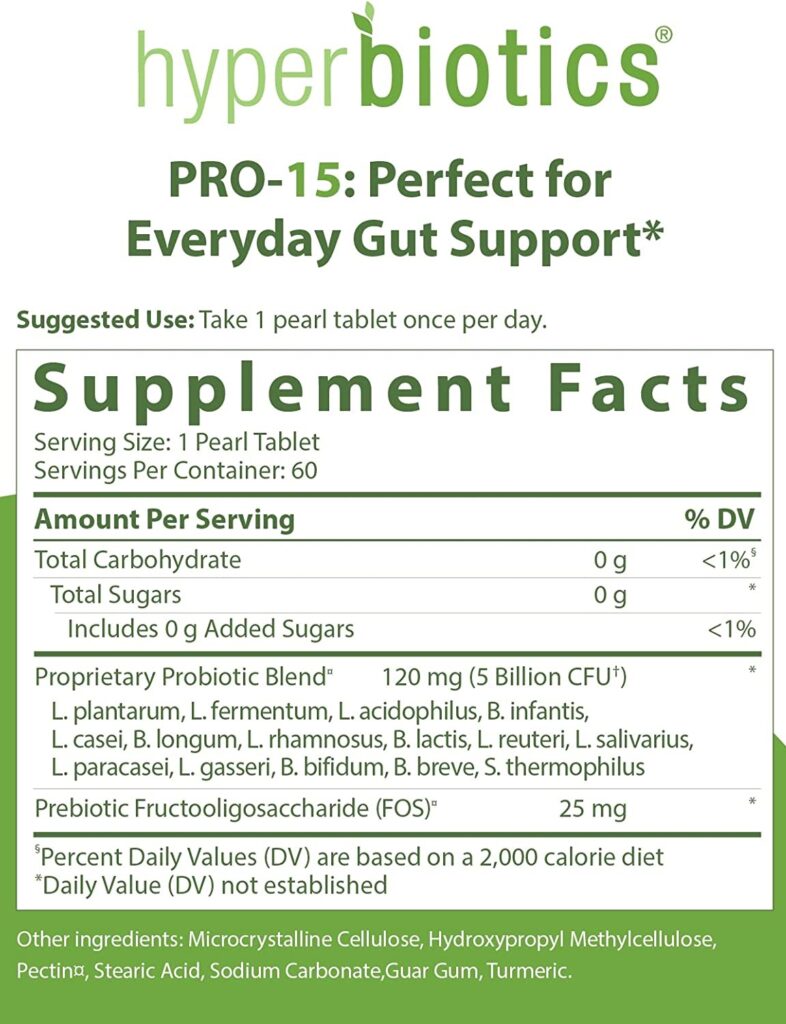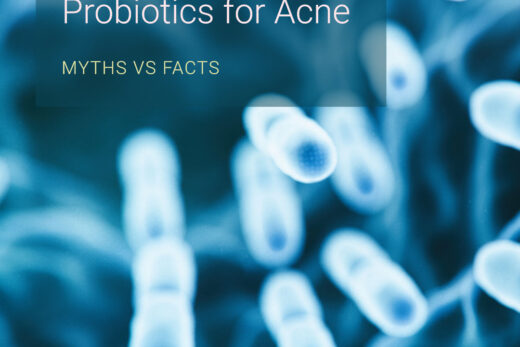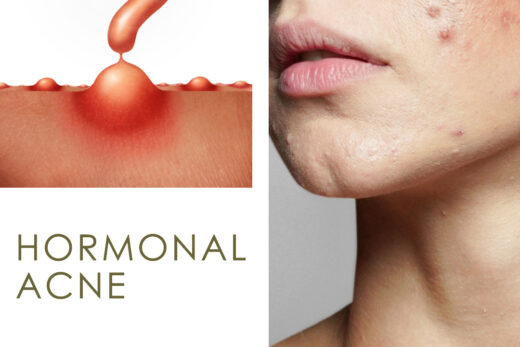Selecting the right probiotics for acne treatment is crucial for achieving optimal results. This article provides an in-depth exploration of the factors to consider when choosing probiotics for acne, including specific strains, colony-forming units (CFUs), product quality and purity, and the delivery system.
Factors to Consider When Choosing Probiotics for Acne
1. Specific Probiotic Strains for Acne
Choosing specific strains that have been proven effective for acne treatment is essential. Some probiotic strains like Lactobacillus and Bifidobacterium have demonstrated more potent anti-inflammatory and antimicrobial properties, making them more suitable for acne management.
Combining multiple strains can provide a more comprehensive approach, as different strains may offer unique benefits that complement one another.
Lactobacillus
Bifidobacterium
Key Takeaways #1
By choosing probiotic products containing these specific strains, you can optimize your acne management routine and enhance the potential benefits for your skin.
2. Colony-Forming Units (CFUs)
The CFU count represents the number of live bacteria in a probiotic product. Selecting a supplement with an appropriate CFU count is important to ensure the product contains enough viable bacteria to exert beneficial effects.
Considering the various factors that can influence the appropriate CFU count for acne treatment, here are some guidelines to give you a general idea (for informational purposes only and not intended as medical advice):
Severity of acne:
Age:
Gut health:
Immune system status:
Previous probiotic use:
Presence of other health conditions:
Key Takeaways #2
The appropriate CFU count for acne treatment can vary depending on factors like acne severity, age, gut health, immune system status, previous probiotic use, and other health conditions. Consulting a healthcare professional can ensure you choose the right dosage.
3. Product Quality and Purity
Ensuring that the probiotics you choose are of high quality and purity is paramount. Factors to consider include:
Source of Probiotics:
Manufacturing Standards:
Third-Party Testing:
Certifications:
Customer Reviews:
Key Takeaways #3
Choose probiotics derived from natural, non-GMO sources, manufactured under Good Manufacturing Practices (GMP), verified by third-party testing, and certified by reputable organizations to ensure high quality and purity.
4. Delivery System
The delivery system of probiotics can significantly influence their effectiveness. Below are the common delivery systems, along with their pros and cons:
Capsules
Tablets
Powders
Liquids
Gummies
Key Takeaways #4
The delivery system of probiotics can influence their effectiveness. Among available forms, capsules and tablets generally provide better protection for probiotics and are more convenient for accurate dosage, making them effective delivery methods.
Before we dive into the specifics of the top probiotic products available for acne, let’s remember that there is no one-size-fits-all solution. Personal preferences, dietary restrictions, lifestyle, and health considerations can all influence the ideal choice of probiotics. It’s also crucial to remember that while probiotics can be a powerful ally in your acne management regimen, they are only one part of a broader approach to skin health. This should ideally include a balanced diet, good hydration, regular exercise, adequate sleep, and an appropriate skincare routine. So, let’s now take a look at some probiotic products that are popular among those seeking a natural way to combat acne.
Top Probiotic Products for Acne
Garden of Life Dr. Formulated Probiotics Once Daily (Women’s Probiotic)
Highlights
Bio-Kult Advanced Probiotics
Highlights
Limitations
Physician’s CHOICE Probiotics 60 Billion CFU
Highlights
Limitations
Hyperbiotics PRO-15 Probiotic
Highlights
Limitations
Recommended Dosage of Probiotics for Acne Treatment
General Dosage Guidelines
General guidance for probiotics dosage in acne treatment ranges between 1 to 50 billion CFUs per day, but the ideal dosage may vary depending on factors such as the specific strain, product formulation, and individual needs.
Side Effects and Safety of Using Probiotics for Acne
Common Side Effects
Some common, mild side effects of using probiotics for acne include gas, bloating, and mild digestive discomfort. These side effects usually subside as the body adjusts to the probiotics.
Precautions and Contraindications
Certain precautions should be taken when using probiotics for acne, such as potential interactions with medications or specific health conditions. Individuals with compromised immune systems, severe digestive issues, or other health concerns should consult with a healthcare professional before starting probiotics.
Key Takeaways #6
Probiotics may cause mild digestive discomfort initially and should be used with caution, especially in individuals with compromised immune systems or severe digestive issues.
Using Probiotics for Acne Along with Other Treatments
Combining Probiotics with Topical Treatments
An effective approach to acne management involves a dual strategy – integrating both oral and topical probiotics. Oral probiotics work from the inside, targeting gut health and systemic inflammation, key factors in skin health and acne. Topical probiotics, on the other hand, work directly on the skin, targeting acne at its root by balancing skin bacteria, reducing inflammation, and strengthening the skin’s barrier. When used together, these two methods provide a comprehensive, holistic treatment for acne, managing the condition from both inside and out.
To dive deeper into this topic, we invite you to explore our detailed guide on Best Topical Probiotics for Acne 2023″
Enhancing Probiotic Diversity with Probiotic-Rich Foods
Incorporating probiotic-rich foods into your diet can introduce different strains of beneficial bacteria that may not be present in your probiotic supplement, further diversifying your gut microbiome
For more information, read our detailed guide: “Probiotic Foods and Acne”
Also you can learn about the connection between probiotics and acne here: “Understanding Probiotics and Acne“
Probiotics and Alternative Therapies
Probiotics can be used in conjunction with alternative acne treatments, such as herbal supplements, dietary changes, or stress management techniques. A personalized, multi-faceted approach to acne treatment that addresses both the root causes and symptoms of acne may yield better results.
Key Takeaways #7
A holistic approach to acne involves combining oral and topical probiotics for a comprehensive inside-out treatment and always under professional guidance when other medications are involved.
The Science Behind Probiotics and Acne (for Nerds)
https://www.ncbi.nlm.nih.gov/pmc/articles/PMC5418745/
Influence of probiotics on immune regulation and skin health
- Kober MM, Bowe WP. The effect of probiotics on immune regulation, acne, and photoaging. Int J Womens Dermatol. 2015 Apr 6;1(2):85-89. doi: 10.1016/j.ijwd.2015.02.001. PMID: 28491964; PMCID: PMC5418745.
https://www.ncbi.nlm.nih.gov/pmc/articles/PMC6048199/
The Gut Microbiome as a Major Regulator of the Gut-Skin Axis
- Salem I, Ramser A, Isham N, Ghannoum MA. The Gut Microbiome as a Major Regulator of the Gut-Skin Axis. Front Microbiol. 2018 Jul 10;9:1459. doi: 10.3389/fmicb.2018.01459. PMID: 30042740; PMCID: PMC6048199.
https://www.ncbi.nlm.nih.gov/pmc/articles/PMC8850513/
Facial Acne: A Randomized, Double-Blind, Placebo-Controlled Study on the Clinical Efficacy of a Symbiotic Dietary Supplement
- Rinaldi F, Marotta L, Mascolo A, Amoruso A, Pane M, Giuliani G, Pinto D. Facial Acne: A Randomized, Double-Blind, Placebo-Controlled Study on the Clinical Efficacy of a Symbiotic Dietary Supplement. Dermatol Ther (Heidelb). 2022 Feb;12(2):577-589. doi: 10.1007/s13555-021-00664-z. Epub 2022 Jan 21. PMID: 35061237; PMCID: PMC8850513.
https://www.ncbi.nlm.nih.gov/pmc/articles/PMC7090755/
Probiotics and prebiotics potential for the care of skin, female urogenital tract, and respiratory tract
- Bustamante M, Oomah BD, Oliveira WP, Burgos-Díaz C, Rubilar M, Shene C. Probiotics and prebiotics potential for the care of skin, female urogenital tract, and respiratory tract. Folia Microbiol (Praha). 2020 Apr;65(2):245-264. doi: 10.1007/s12223-019-00759-3. Epub 2019 Nov 26. PMID: 31773556; PMCID: PMC7090755.


